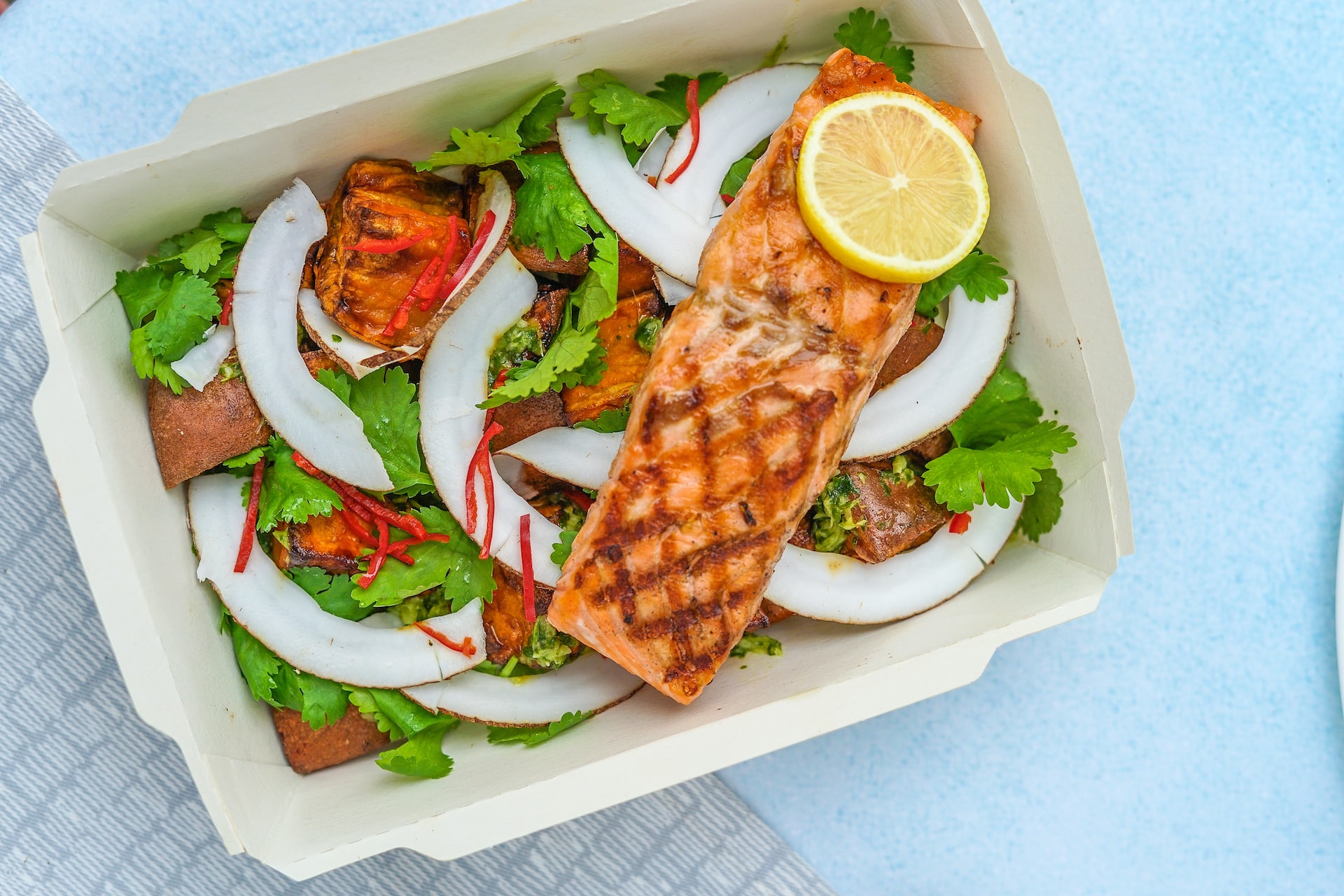If you’re like most people, you’re probably wondering: “keto net carbs or total carbs?” The answer, my friends, is both! And we’re here to help you sort it all out.
Whether you’re a keto veteran or just starting out, this blog will provide you with all the information you need to know about net carbs and total carbs. We’ll also share some delicious recipes and helpful tips to keep you on track.
Why people choose the keto diet
People often choose the keto diet in order to lose weight, lower their blood sugar levels, or decrease their risk of heart disease. The keto diet is a very low-carbohydrate, high-fat diet that can help you achieve these goals.
If you are considering the keto diet, you may be wondering if it is the right choice for you. There are many things to consider before starting any diet, and the keto diet is no different. You will want to make sure that you understand how the diet works and what its potential benefits and risks are. Additionally, it is important to know that not everyone who starts the keto diet will see success.
How the keto diet works
When you go on a keto diet, your body goes into a state of ketosis, which means it starts burning fat for energy instead of glucose (sugar). The goal of the keto diet is to get your body into this fat-burning state and keep it there.
To do this, you need to eat a high-fat, low-carbohydrate diet. This means eating mostly meat, eggs, dairy, oils, and non-starchy vegetables. You’ll also need to avoid sugar, juice, starchy vegetables (like potatoes and corn), fruit, and grains.
Is keto net carbs or total carbs
The keto diet is a high fat, low carb diet. This means that you need to eat more fat and fewer carbs to enter ketoacidosis, a state where your body burns fat for energy rather than glucose (sugar). The typical American diet is around 50% carbs, so the keto diet is a drastic change.
To make this transition easier, here’s a list of what you can and can’t eat on the keto diet.
- You can eat:
- All meat (including pork, bacon, sausage, and burgers)
- Fish and seafood
- Eggs
- Dairy (including milk, cheese, yogurt, and butter)
- Nuts and seeds (including nut butters)
- Oils (including olive oil, coconut oil, avocado oil)
- Nonstarchy vegetables (such as broccoli, kale, and cabbage) -Fruit (such as avocado, blackberries, and coconuts) -Sweeteners (such as stevia and monk fruit) -You can’t eat: Grains (wheat, oats, rice), legumes (beans, peas), starch (potatoes), fruit juices, sugary drinks or sweets.
What you can’t eat on the keto diet
The keto diet is a very low carb, high fat diet. It is a restrictive diet that requires people to eat fewer than 50 grams of carbs per day. This can be challenging for some people, as many common foods contain more than 50 grams of carbs per day.
There are a few things you cannot eat on the keto diet, including:
- Grains: wheat, rye, barley, oats
- Starchy vegetables: potatoes, sweet potatoes, corn
- Fruit: apples, oranges, bananas, grapes
- Sugar: honey, agave syrup, cane sugar, brown sugar
- Legumes: lentils, beans, peanuts
- Dairy: milk, yogurt
The keto diet and weight loss
When you’re on the keto diet, you’re forcing your body to burn fat for energy instead of carbohydrates. Some people claim that this makes you lose weight faster and more effectively than other diets. However, there isn’t enough scientific evidence to support these claims. There are several reasons why the keto diet may help you lose weight in the short term. For one, it promotes satiety by keeping you full for longer. It also causes your body to burn more fat for energy, which results in weight loss.
However, there are a few downsides to the keto diet. First of all, it’s very restrictive, so it may be difficult to stick to long-term. Additionally, it can lead to nutrient deficiencies and gastrointestinal issues like constipation and diarrhea. Finally, it may not be suitable for everyone, especially if you have a history of disordered eating or are pregnant or nursing. If you’re interested in trying the keto diet, talk to your doctor first to make sure it’s safe for you. Then, work with a registered dietitian nutritionist to create a meal plan that fits your individual needs and lifestyle.

